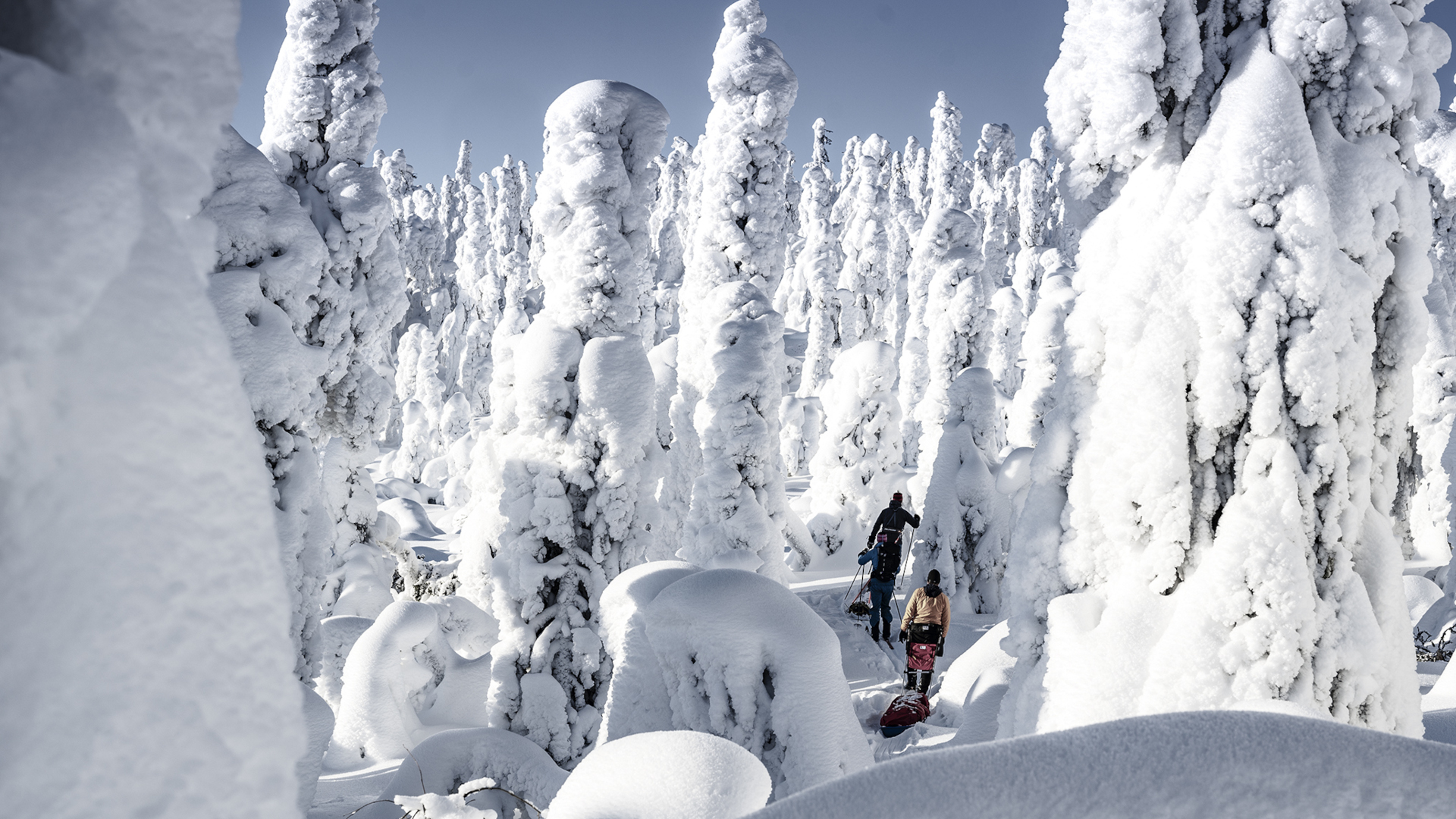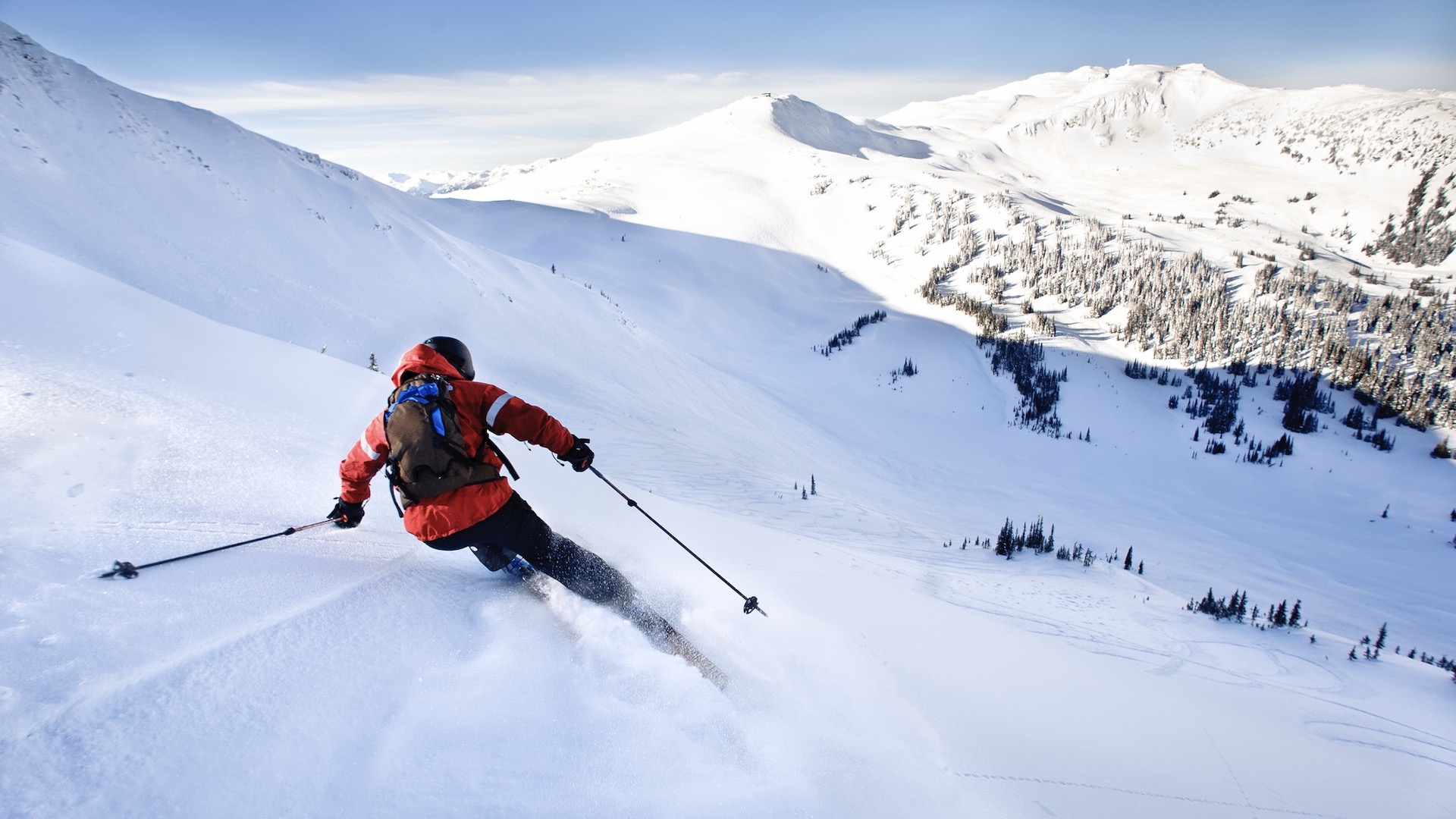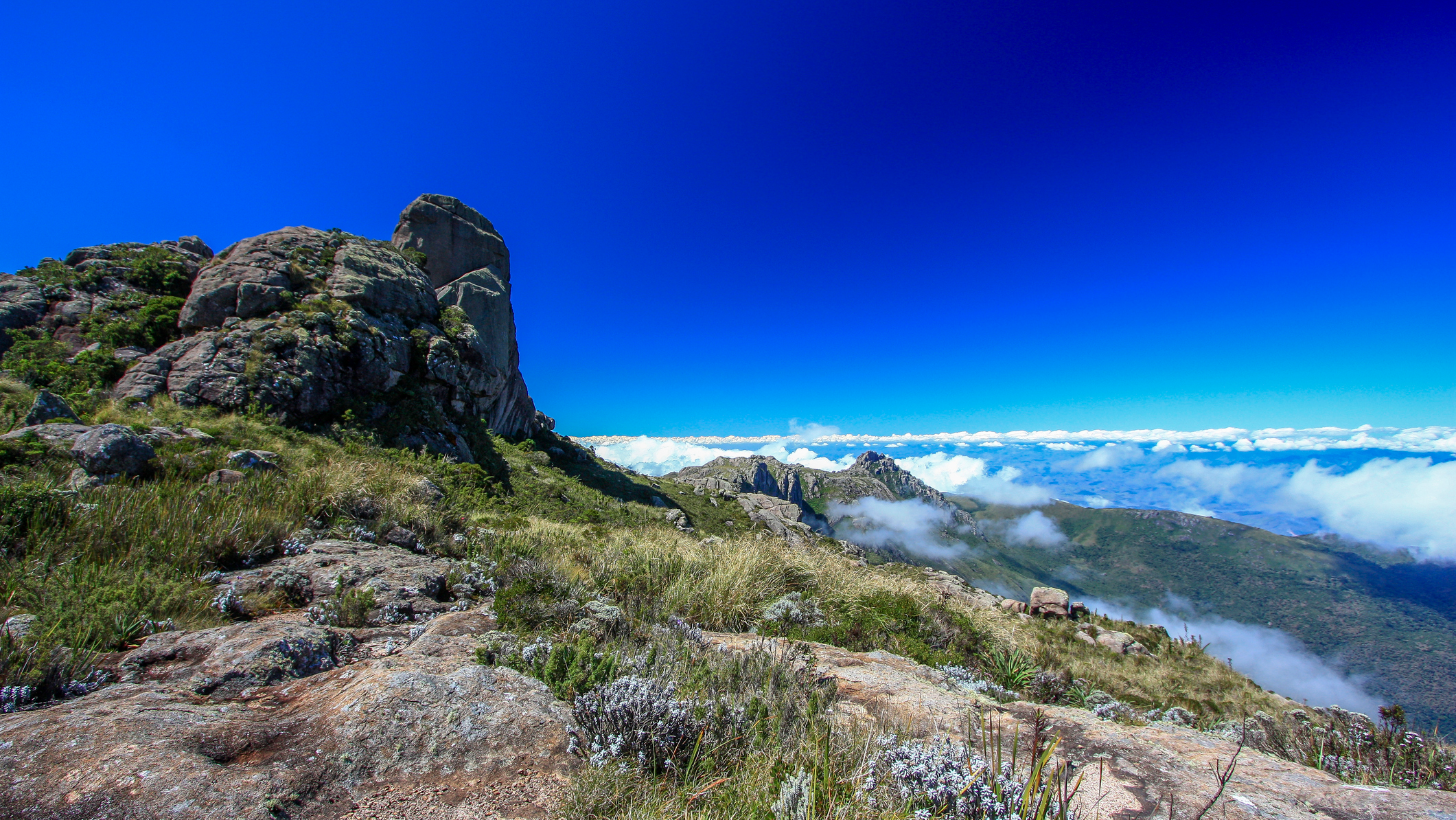What is a Nor’easter? And what does it mean for skiing?
Nor’easters are loathed and loved by locals – but what are they anyway? And do they guarantee a powder day?

When I first moved to Vermont in 2004, I had to learn a whole new language – there were creemees in the summer months, woodchucks year round and come winter, the promise of a Nor’easter brought mass excitement.
Elsewhere in the northeast, they might be less welcome, bringing damaging flooding and power cuts, but for us, they held the promise (okay, the possibility) of a winter of adventure. In Vermont, Nor’easters could mean feet of snow which would have us digging out our ski jackets or snowshoes for our favorite winter sports.
If you're heading to the northeast for the first time, you’ll likely have a few questions about Nor’easters, such as, what is a Nor’easter? Is it dangerous? And what does it mean for skiing and snowboarding? Read on to get your wild weather questions answered.

What is a Nor’easter?
A Nor’easter is the name for a storm over the east coast of North America that moves in a northeasterly direction. Nor’easters draw cold air from the Atlantic which then collides with warm air from the Gulf Stream, resulting in a cyclonic storm. According to the National Weather Service, these storms can occur at any time of year, but it’s the ones between September and April that tend to wreak the most havoc, and make the headlines.
Nor’easters usually begin at the latitudes between New Jersey and Georgia, within 100 miles of the coast, then gather strength as they travel in a general northeasterly direction, reaching maximum intensity around New England and the Maritime Provinces of Canada. Nor’easters usually bring large amounts of rain or snow, gale force winds and rough seas.
Some of history’s worst Nor’easters include: the Great Blizzard of 1888 which trapped passengers on New York City’s rail cars for days, the 1950 Storm of the Century which caused $70 million worth of damage (a lot of money these days never mind those days), the Storm of the Century in 1993 which took 318 lives and more recently, 2012’s Hurricane Sandy which was so severe it shut down the country’s financial markets for the first time in over 100 years.
Nor’easters occur every year, but whether or not we remember them all depends on whether they result in truly severe weather, and winter Nor’easters can be especially dangerous.
Advnture Newsletter
All the latest inspiration, tips and guides to help you plan your next Advnture!

What are the hazards of a Nor’easter?
According to the Massachusetts Emergency Management Agency, the common hazards during a Nor’easter include storm surge, high winds, heavy snow and rainfall, flooding, rip currents and beach erosion. They can also result in hurricanes and tornadoes. Nor’easters are no laughing matter, and making matters worse, they often last several days, prolonging the risk, especially if you’re spending those days without power and it’s winter.
During a Nor’easter, you should avoid travel or going outside if you can. You may be asked to shelter in place or evacuate your residence, and it’s important to tune into and heed advice from public safety officials during a storm.

What does a Nor’easter mean for skiing?
Okay, so to get to the important stuff – if a Nor’easter is occurring in winter, what does it mean for winter sports? Certainly, the mention of a Nor’easter in New England brings hope to those who love to ski or snowboard, but according to Open Snow, they can be a mixed bag for skiers.
Nor’easters often carry a cold front behind them, and this can bring snowfall to the Great Lakes region, which is excellent news for cross country skiing. As we mentioned, New England States and the Maritime Provinces have the best chances of snow during a winter Nor’easter, which can fall at rates of up to four inches per hour during the storm, which in turn can last for days. However, precipitation may fall in the form of sleet, rain or hail because of the warm front to the storm, and areas only a few miles apart can see vastly different forms of moisture.
However, Nor’easters are often good news for ski resorts in northern New England, sometimes bringing as much as four feet of snow in their wake, and Open Snow advises that the last forecast before a Nor’easter hits is the most accurate in terms of pinpointing whether it will bring snow, how much and where to. A “good” Nor’east could even lay the base for a great winter ahead.
Of course, you’ll need to wait until the storm has passed before buckling up, but once you get there you could be in for an absolutely epic powder day. Make sure to read our tips for beating the lift lines if it happens to fall on a weekend.
Julia Clarke is a staff writer for Advnture.com and the author of the book Restorative Yoga for Beginners. She loves to explore mountains on foot, bike, skis and belay and then recover on the the yoga mat. Julia graduated with a degree in journalism in 2004 and spent eight years working as a radio presenter in Kansas City, Vermont, Boston and New York City before discovering the joys of the Rocky Mountains. She then detoured west to Colorado and enjoyed 11 years teaching yoga in Vail before returning to her hometown of Glasgow, Scotland in 2020 to focus on family and writing.

